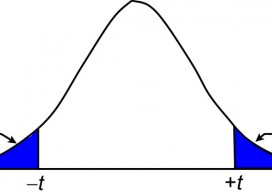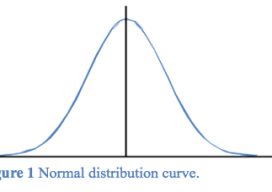Tag Archives: educate

Surveying Statistics
The t Distribution, Part 1 In my previous article I discuss the normal distribution and how its properties can be used to isolate blunders in observations. Recall that the normal distribution is based on an infinite number of observations. However, in practice we never collect a population of data but rather a small sample from...

The Normal Distribution, Part 1
Errors in observations can be classified as systematic or random. Systematic errors are errors that follow physical laws and can be mathematically corrected or removed by following proper field procedures with instruments. For example, the expansion or contraction of a steel tape caused by temperatures that differ from the tape’s standard temperature is a systematic...
GNSS Antennas that Protect and Observe
Editor’s note: Public awareness of the potential for interference and jamming has rightfully increased over the past few years; due partially to at least one high profile incident each of “trucker jammers,” news of battlefield jamming, the jamming event along the North Korean border, and an inadvertent interference instance of naval origin in San Diego....

Geodetic Observations, Part 3
Types of Distances for Geodetic Observations This article explores the various types of distances that are often listed on GNSS adjustment reports; for related articles on the difference between geodetic and observed azimuths and angles, see “Where Theory Meets Practice” in Professional Surveyor’s March and May 2014, issues. Slope (slant) distances (S) observed on the...
